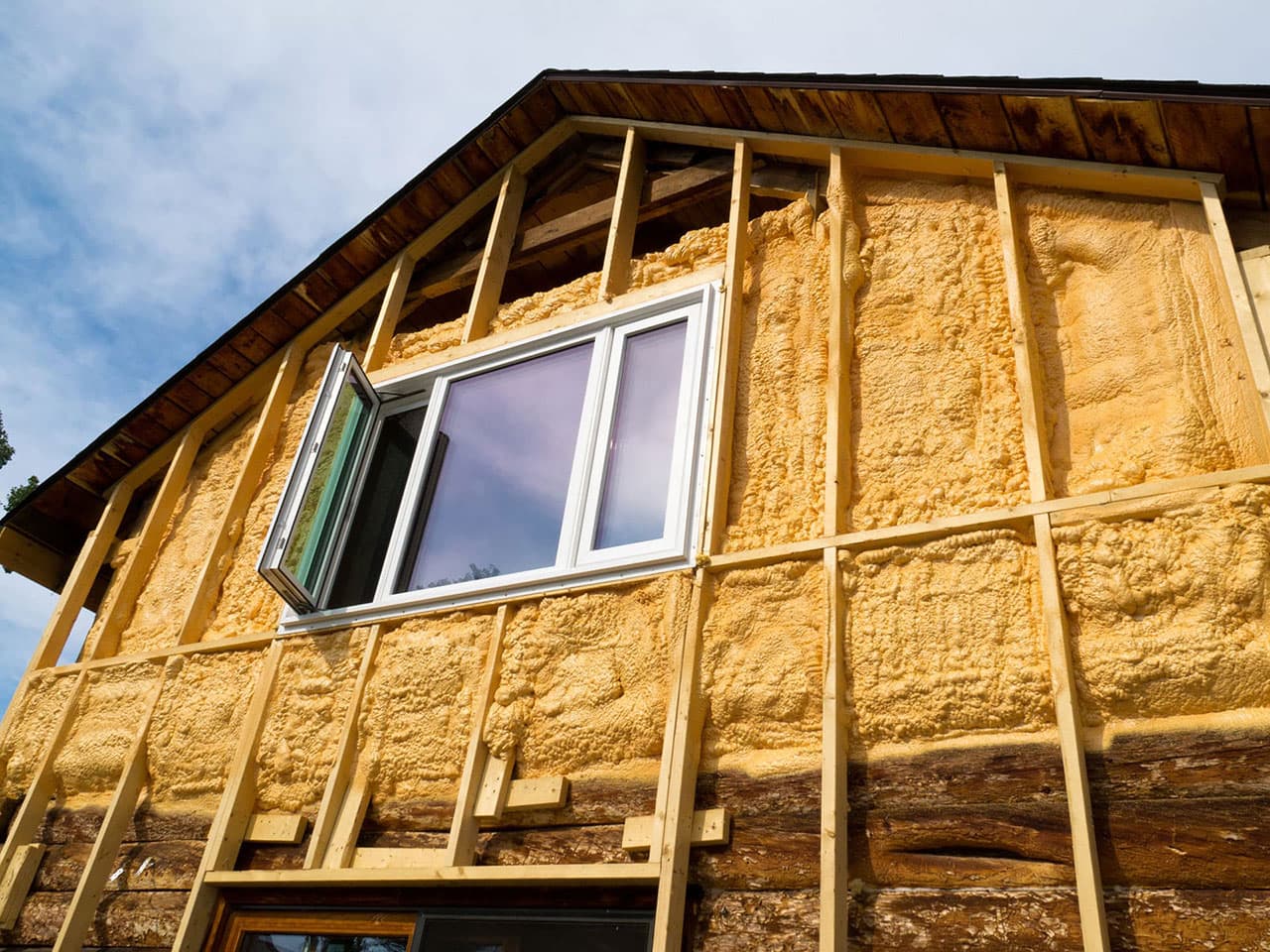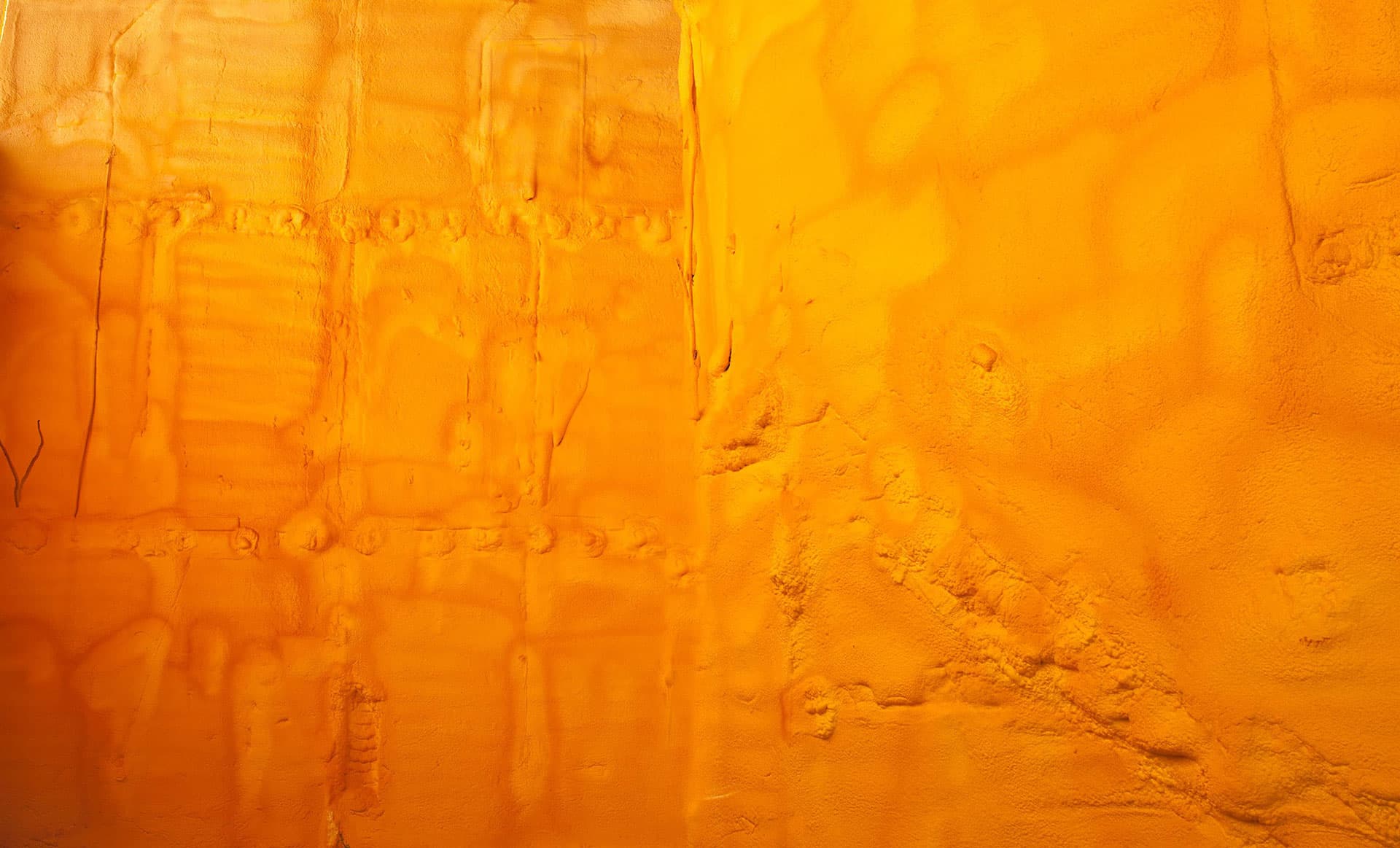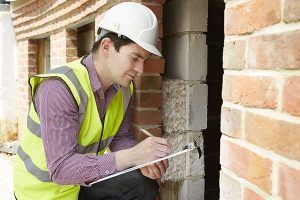Firestopping insulation can help block flames and smoke from spreading between rooms during a fire. Most often used in commercial construction, firestopping insulation can improve the fire safety of buildings and help your project meet regulations and bylaws.
More comprehensive than fireproofing, firestopping insulation uses special materials and techniques to block spaces between rooms where flames can spread. Firestopping uses fireproofing materials and techniques, but also includes plugs, firestopping bricks, and wrap strips along with special putty and mortars. These items and materials are needed to successfully resist fire spread through spaces in building materials that could allow passage of ductwork, plumbing, and wiring.
Firestopping protection should be installed by professionals who understand all local bylaws and regulations, and who have the experience to complete your job correctly and within budget. Proinsulate has years of experience in the Edmonton area and can help you understand and install firestopping protection in your commercial or residential building project. The installation of firestopping insulation takes special training and is different from fireproofing. It’s important to use professionals who understand the techniques and regulations involved and can deliver successful and compliant firestopping installations.

Difference Between Fireproofing and Firestopping Insulation
Fireproofing and firestopping insulation are commonly confused but are distinctly different. It’s important to know the differences so you understand what may be needed for your particular construction project.
Fireproofing gives your structure and its components some resistance to fire. This passive fire protection can help your building’s structure stay intact during fires. Usually rated between 1 and 4 hours, fireproofing can allow your building to stand long enough for people to be evacuated, and give firefighters enough time to control the fire. Fire ratings are determined by building regulations and bylaws. Your particular residential construction project may need a basic fire rating while industrial buildings typically need higher ratings because of local zoning and how the buildings are used.
Firestopping insulation helps control the spread of fire through structures and between rooms. Even fireproofed building materials will have spaces for plumbing, wiring, and ductwork. During a fire, these openings can allow flames, smoke, and toxic gases to pass and spread to adjoining rooms. Firestopping uses a combination of fireproofing techniques along with special materials which can expand and close off openings between rooms during a fire. Firestopping materials include special putty or grouts, plugs, wraps, and bricks. These materials are specially designed to stand up to the fire and expand to fill gaps preventing smoke and flames from spreading rapidly.
Many Buildings Need Firestopping
Firestopping is necessary for commercial and some residential buildings. Properly installed firestopping installation will help protect adjoining rooms and living units from quickly spreading fires. This protection is important in multi-tenant buildings, but also in industrial settings. Manufacturing often involves separate areas for shop and office spaces. Firestopping can help prevent shop fires and smoke from quickly spreading to office areas.
Regulations and bylaws determine what firestopping requirements are needed for a particular project. It’s important to work with installers who understand what is required and will recommend the best products and procedures to keep your building safe and compliant. Firestopping protection isn’t just about choosing the right plugs and firestopping bricks, it involves correct fireproofing of surrounding materials. When planning your new construction or remodel it’s best to work with professionals who can give you a detailed assessment. This can help you plan and budget for a firestopping plan that will meet regulatory standards.

Common Firestopping Materials
Structures can have many types of openings for wiring, plumbing, or ductwork. Each requires a different firestopping approach and specific materials. During a fire, these gaps can open up as heat and flame deform their contents. Proper firestopping material can expand to close these gaps and prevent the passage of smoke and flames. Having properly fireproofed barriers is one part of completely protecting your structure.
Different materials can be chosen depending on the required fire rating and application. Not every firestopping product will expand when exposed to heat. Intumescent firestopping materials will expand to many times their original size when exposed to a certain heat level. This is ideal for combustible penetrants like non-metallic pipes which can burn or melt away leaving holes in otherwise fireproofed building materials. Not every situation needs this type of firestopping protection and there are many non-intumescent materials that don’t expand but provide fire-retardant protection for wood and other combustible surfaces which can’t be covered with a spray foam product.
It’s Important to Work With Professionals
With all the different firestopping materials and techniques it’s important to work with trained professionals who understand the best materials to use in every application. Commercial and residential construction in the Edmonton area must conform to fire safety best practices and bylaws. Professional installers understand how to keep your project compliant while offering options that fit your budget. Firestopping is technical and it’s easy for untrained installers to make serious mistakes. Unfortunately, many of these mistakes won’t be obvious until it’s too late. Contact a professional firestopping installer to get an assessment where they can walk you through the types of protection you need for your building project.
Frequently Asked Questions about Firestopping Insulation
Proinsulate Service Areas
Our team works in Edmonton and surrounding areas including Stony Plain, Spruce Grove, St. Albert, Sherwood Park, Fort Saskatchewan, and Leduc. If you have any questions about an insulation project in your area, don’t hesitate to reach out to our team.
CITIES WE SERVE
COMMUNITIES WE SERVE
COMMUNITIES WE SERVE
COMMUNITIES WE SERVE
What our Clients Say
Similar Insulation Services


Commercial Insulation
Create a safe and effective working environment with better thermal and fireproof protections, effective moisture and vapour barriers and reduce unnecessary noise pollution




























